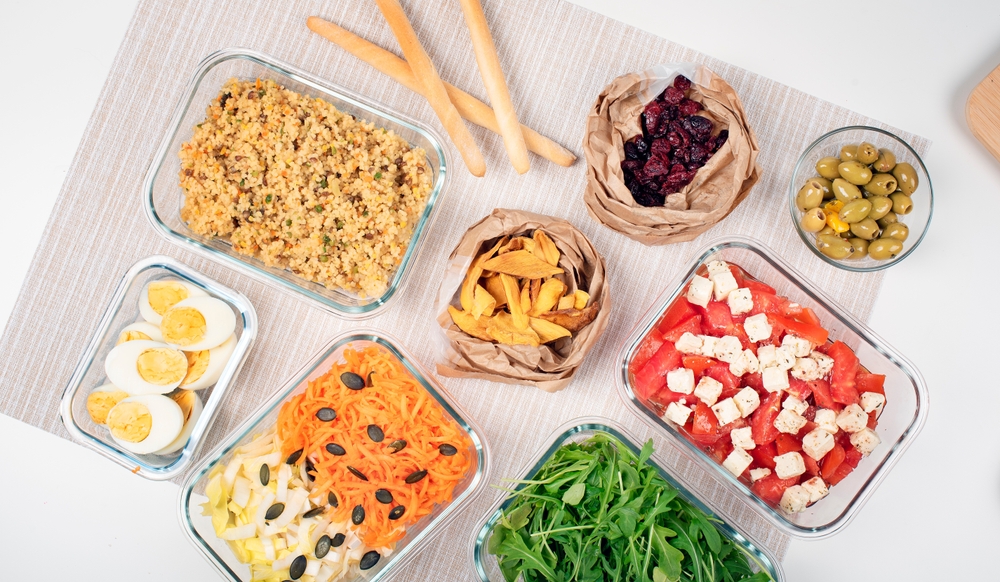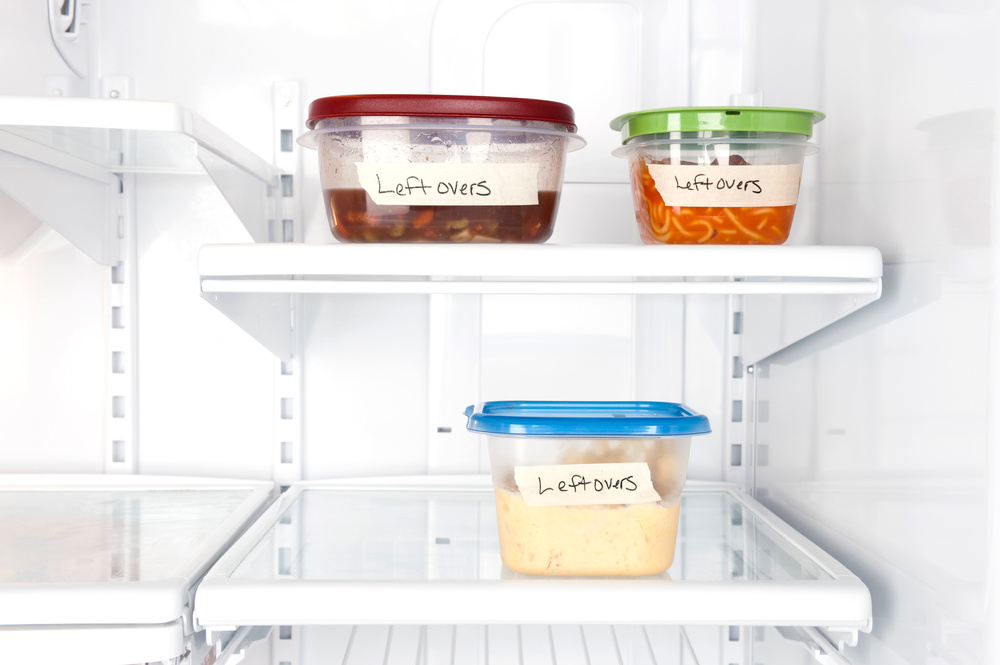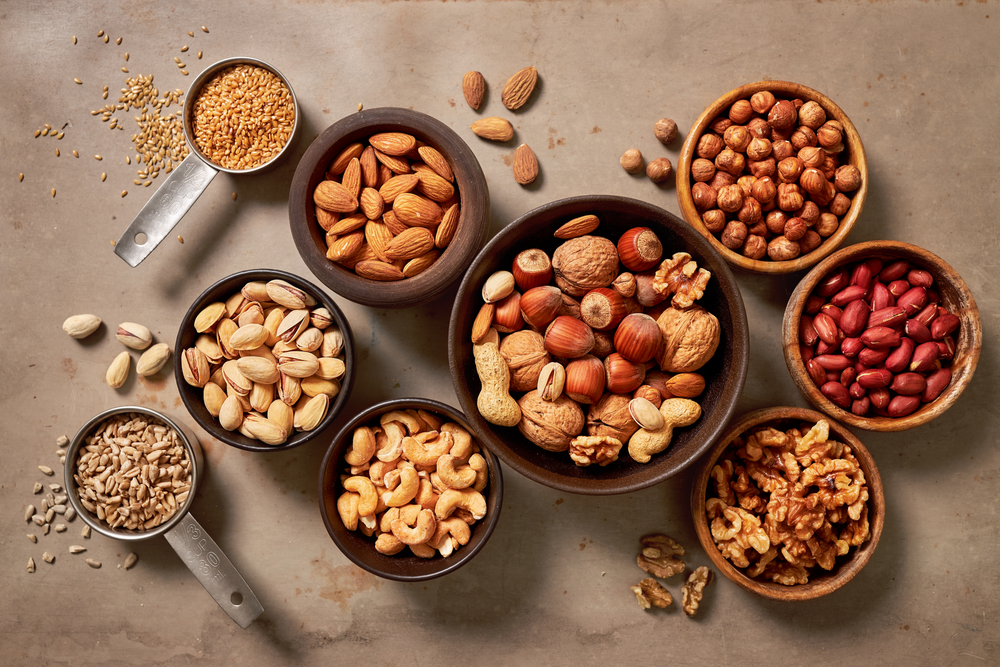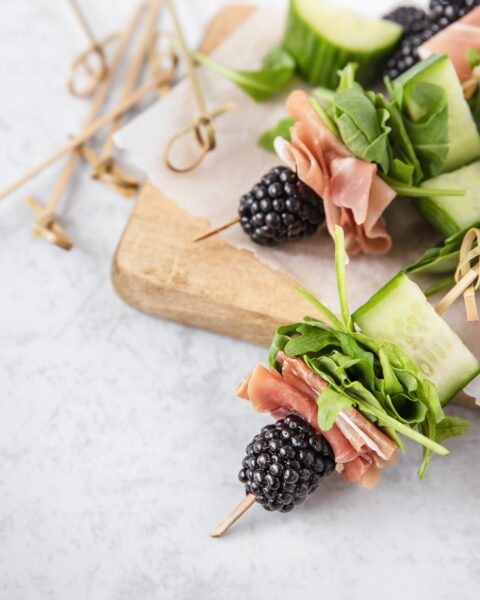We all want to make the most of what we have in the kitchen, especially when grocery bills keep rising. The good news is, with a few simple changes, you can stretch your meals and make your food go further without feeling like you’re cutting corners. By rethinking how you cook, store, and serve your food, you’ll be surprised at how much further your meals can go. Here are some handy tips to help you make it happen, no matter what’s on the menu.
Contents
- 1 Batch Cooking and Freezing Meals
- 2 Incorporate More Vegetables
- 3 Use Leftovers Wisely
- 4 Add Beans and Lentils
- 5 Cook From Scratch
- 6 Make a Meal Plan
- 7 Add Grains to Meals
- 8 Use Potatoes as a Side Dish
- 9 Grow Your Own Herbs and Vegetables
- 10 Include Eggs in Meals
- 11 Freeze Extra Portions
- 12 Preserve and Ferment Foods
- 13 Use Bones for Stock
- 14 Raid Your Pantry
- 15 Use Seasonal Produce
- 16 More From RetailShout
- 17 15 ALDI`s Top Gluten-Free Products You Need to Try
- 18 17 Superfoods That Enhance Brain Function
Batch Cooking and Freezing Meals

Batch cooking saves time and money by preparing large portions and freezing them for future meals. This ensures nothing goes to waste, and you can pull out a pre-cooked meal when you’re too busy to cook. For example, soups, stews, or casseroles freeze well and are easy to reheat. Portioning meals before freezing also helps control servings. By rotating meals from the freezer, you reduce food waste and maintain variety in your menu.
Incorporate More Vegetables

Vegetables are not only nutritious but also economical for stretching meals. You can bulk up stews, casseroles, and even pasta dishes with chopped vegetables like carrots, broccoli, or zucchini. Including vegetables allows you to reduce the amount of meat or other expensive ingredients without sacrificing the meal’s volume or flavor. This method also boosts your intake of fiber and nutrients.
Use Leftovers Wisely

Repurposing leftovers into new meals is a smart way to avoid food waste. For instance, leftover chicken can be turned into tacos, soups, or quesadillas. Planning meals that utilize leftovers saves both time and money, preventing you from purchasing additional ingredients unnecessarily. You can also freeze leftovers for later use if you’re not ready to eat them the next day.
Add Beans and Lentils

Beans and lentils are inexpensive, versatile, and protein-rich ingredients. Adding beans to dishes like chili, soups, or even pasta helps stretch the meal without needing to use large amounts of expensive meats. You can mix them into meat dishes or make plant-based meals for extra savings. Lentils also work well in salads and stews, providing bulk and nutrition.
Cook From Scratch

Cooking meals from scratch allows you to control costs and ingredients. Pre-packaged convenience foods often come with hidden costs and less nutritional value. By making meals like soups, bread, or sauces at home, you avoid unnecessary expenses and improve the quality of your meals. Simple recipes, like homemade pizza or stir-fry, are easy to make and can be customized with what you have on hand.
Make a Meal Plan

Meal planning is one of the best ways to manage your food budget. By planning out meals for the week, you can ensure that all ingredients are used effectively and that you only buy what you need. It also helps prevent impulse purchases. Sticking to a meal plan reduces the temptation to eat out, saving you money on food expenses.
Add Grains to Meals

Grains like rice, quinoa, or couscous are inexpensive and filling. They can be used as a base for meals or added to soups, casseroles, and salads to bulk them up. Adding grains stretches more expensive ingredients like meat and vegetables, allowing them to go further. Brown rice or barley adds extra fiber, making your meals more nutritious.
Use Potatoes as a Side Dish

Potatoes and sweet potatoes are affordable and versatile. You can roast them, mash them, or bake them to complement any meal. They can also be used to bulk up stews or casseroles. Potatoes provide a satisfying and inexpensive way to make a meal feel more complete, without needing additional expensive ingredients.
Grow Your Own Herbs and Vegetables

Starting a small vegetable garden or growing herbs in pots can save you money on grocery bills. Items like tomatoes, peppers, and herbs are easy to grow and require little maintenance. Fresh produce from your garden can be used to enhance meals, reducing the need to purchase expensive fresh ingredients from the store.
Include Eggs in Meals

Eggs are a cost-effective source of protein and can be used in various ways. Scrambles, frittatas, or quiches can easily incorporate leftover vegetables and meats, creating a hearty and affordable meal. They’re versatile enough to be served for breakfast, lunch, or dinner.
Freeze Extra Portions

Freezing meals or portions allows you to stretch them over a longer period. Cooking in bulk and freezing what you don’t use immediately helps ensure nothing goes to waste. You can defrost these meals on busy nights, which saves time and reduces the need to buy takeout.
Preserve and Ferment Foods

Canning, pickling, or fermenting food extends the shelf life of your fresh produce. This prevents food from spoiling and gives you an abundant pantry supply year-round. Preserving foods like vegetables or making jams and sauces is an excellent way to ensure nothing goes to waste.
Use Bones for Stock

Save bones from meat or poultry and use them to make homemade stock. Homemade broth is rich in nutrients and can be the base for soups, stews, and sauces. It’s an economical way to extract every bit of flavor and nutrition from the meat you purchase.
Raid Your Pantry

Before grocery shopping, check your pantry and fridge for items you can use. Incorporating pantry staples like beans, rice, pasta, and canned goods into your meal plan ensures that you’re using what you already have, cutting down on food costs.
Use Seasonal Produce

Seasonal fruits and vegetables are often cheaper and fresher than out-of-season items. Shopping seasonally not only supports local farmers but also reduces grocery bills. Plan meals around what’s in season, and consider preserving or freezing extras for later use.
This article originally appeared on RetailShout.
More From RetailShout
14 ALDI Finds That Will Elevate Your Cooking Game

Sometimes, cooking can feel like a chore, but it doesn’t have to be that way. ALDI offers some amazing finds that can make your time in the kitchen more exciting and enjoyable. Whether you’re a seasoned home cook or just someone who enjoys experimenting with new flavors, these products can help take your meals to the next level. Read More.
15 ALDI`s Top Gluten-Free Products You Need to Try

Navigating the grocery aisles for gluten-free products can sometimes feel like a treasure hunt. ALDI has made it a lot easier with their wide range of gluten-free goodies that don’t compromise on taste or quality. Whether you’re stocking up on everyday essentials or looking for something new to try, this list of top picks has got you covered. Read More.
17 Superfoods That Enhance Brain Function

Boosting your brainpower doesn’t have to be complicated or expensive. It’s all about making some simple, tasty additions to your daily diet. Imagine foods that not only satisfy your taste buds but also sharpen your mind and improve memory sounds pretty awesome, right? The great news is that these foods are easy to find, and incorporating them into your meals can make a real difference in how you think and feel. Read More.






